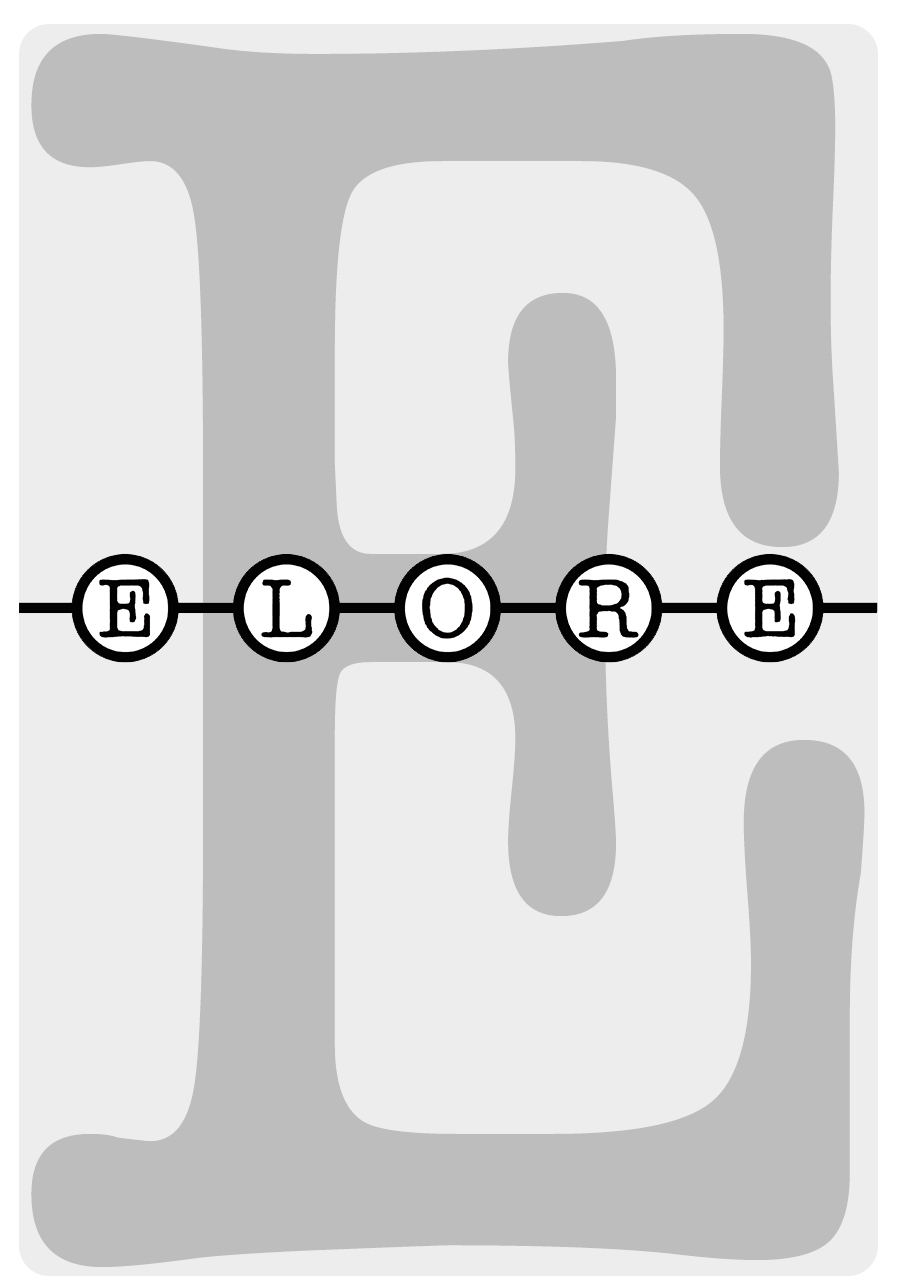Poissaolevan politiikkaa. Historia ja perinteinen kulttuuri nenetsien etnisyyden rakennusaineina
DOI:
https://doi.org/10.30666/elore.78519Abstrakti
The article deals with Nenets ethnicity and its connections with history and tradition, and it is based on the ethnographic fieldwork made in Nenets autonomous okrug in periods of varying length in 2000, 2003, 2004 and 2005. Besides participant observation and interviews, the material consists of archive and news paper material and literature describing Nenets history. I use the terms ethnicity, heritage, and politics of history as key concepts with which I define how Nenets ethnicity is constructed and articulated around the discussion about the fortification of Pustozersk and its 500th anniversary in 1999. The Nenets opened their own monument, Hèbidja Ten, during the anniversary celebrations and thus brought out a differing memory of the past. This evoked many debates over the right way of telling the history. Describing discussions about history, the opening ceremony, and also other activities of Nenets intelligentsia, this article argues that Nenets ethnicity is constructed on two absents, namely the traditional way of life and the glorious history. Still, in the current post-Soviet context, these two are made meaningful parts of Nenets ethnicity.Tiedostolataukset
Julkaistu
Viittaaminen
Numero
Osasto
Lisenssi
Lehti noudattaa ns. timanttista avoimen julkaisemisen mallia: lehti ei peri maksuja kirjoittajilta ja julkaistut tekstit ovat välittömästi avoimesti saatavana tiedelehtien Journal.fi-palvelussa. Toimittamalla artikkelin Eloreen julkaistavaksi kirjoittaja suostuu syyskuusta 2024 alkaen siihen, että teos julkaistaan CC BY 4.0 –lisenssillä.Lisenssin mukaan muut saavat kopioida, välittää, levittää ja esittää tekijänoikeuksiin kuuluvaa teosta sekä sen pohjalta tehtyjä muokattuja versioita teoksesta vain, jos he mainitsevat lisenssin, alkuperäisen julkaisun (linkki tai viite) ja kirjoittajan alkuperäisenä tekijänä. Kaikki tehdyt muokkaukset on ilmoitettava.
Tekstien tekijänoikeus säilyy kirjoittajilla ja julkaistun version rinnakkaistallennus on sallittua. Tämä koskee myös ennen syyskuuta 2024 julkaisuja tekstejä. Rinnakkaistallenteessa tulee näkyä Eloren julkaisutiedot.
Julkaistujen artikkeleiden metadatan käyttölisenssi on Creative Commons CC0 1.0 Universal.





